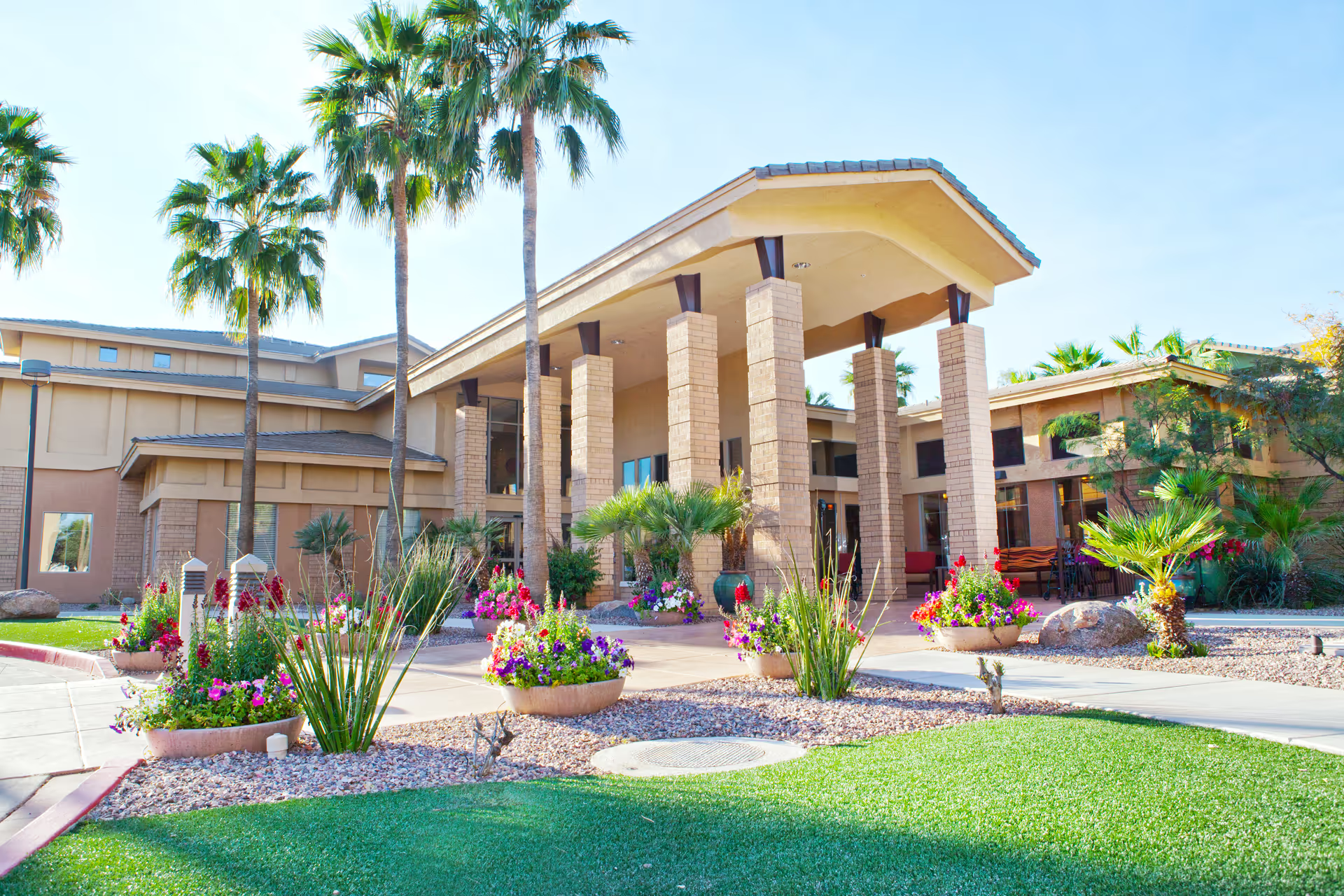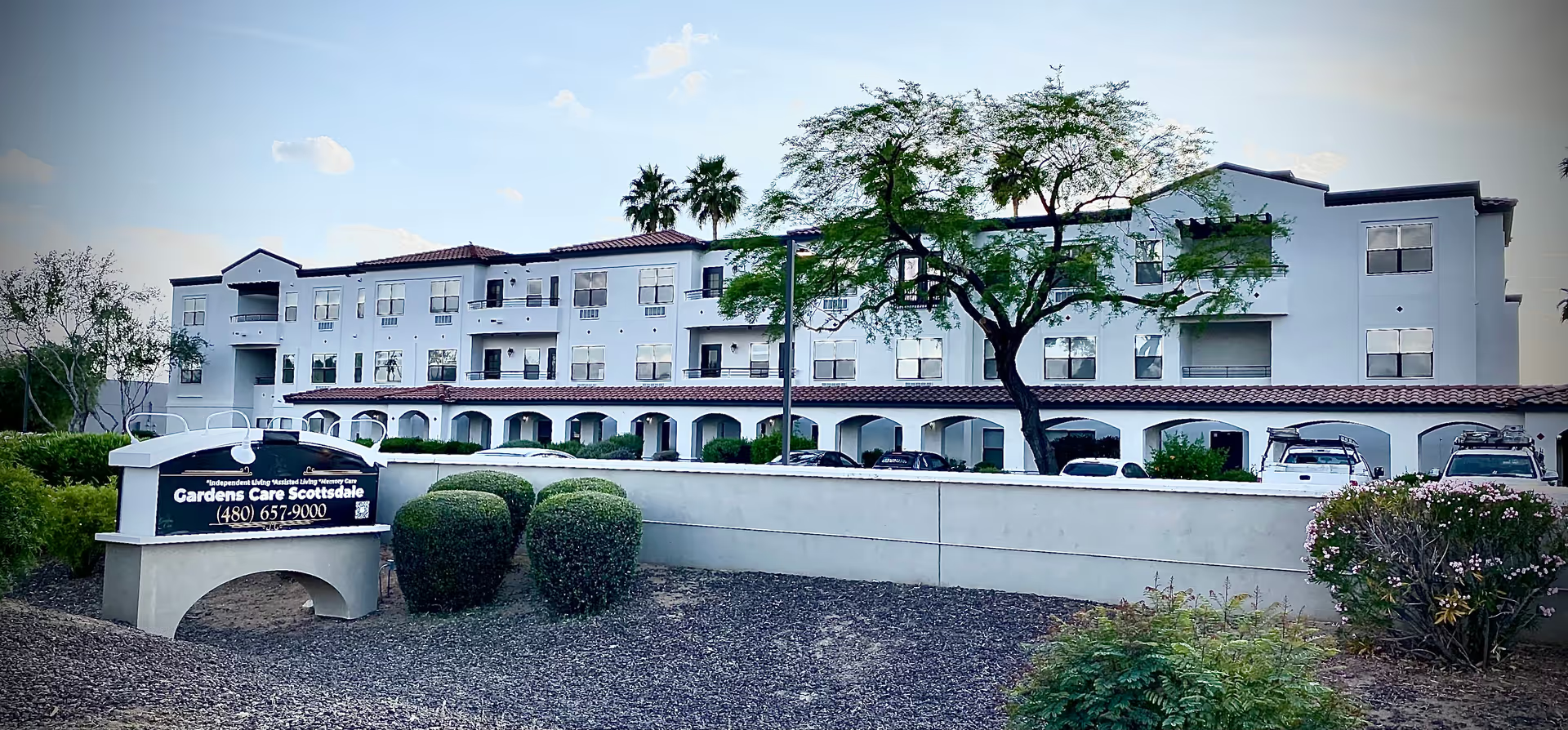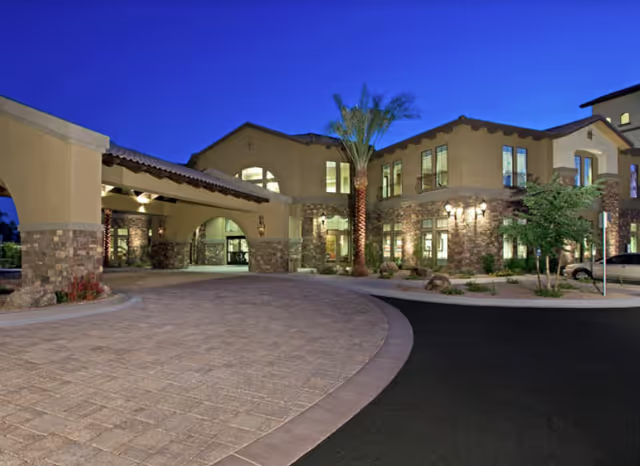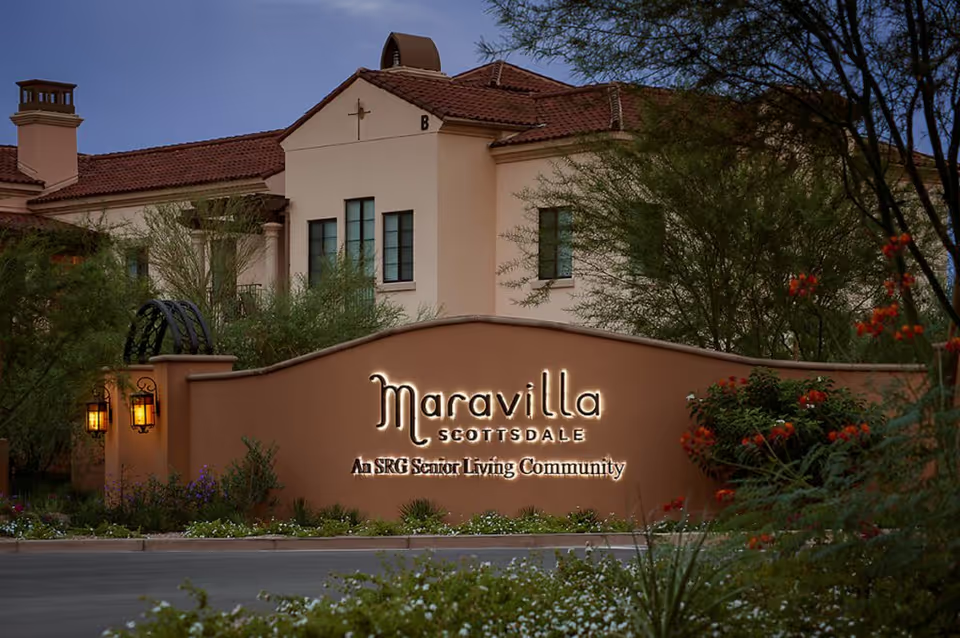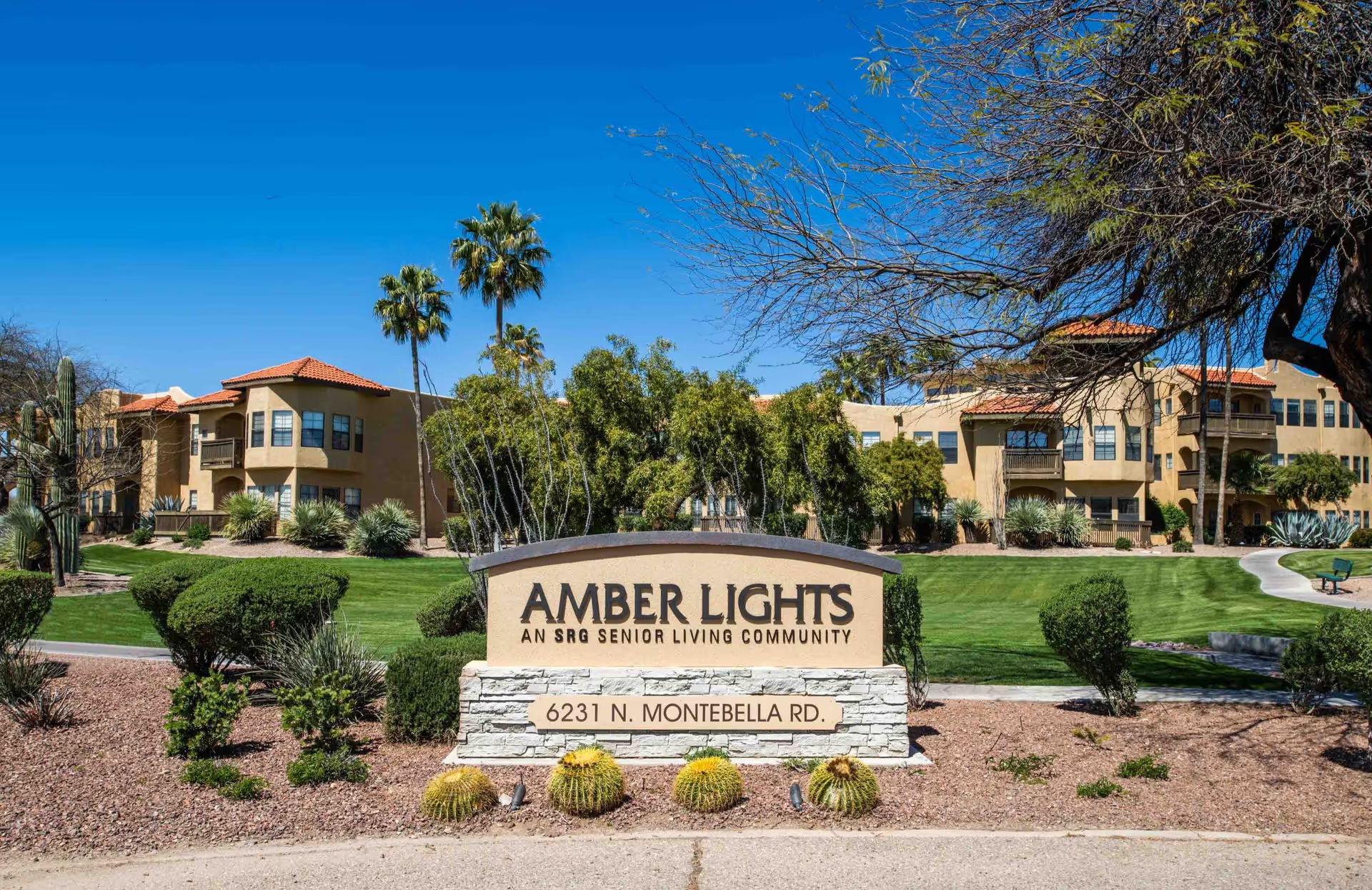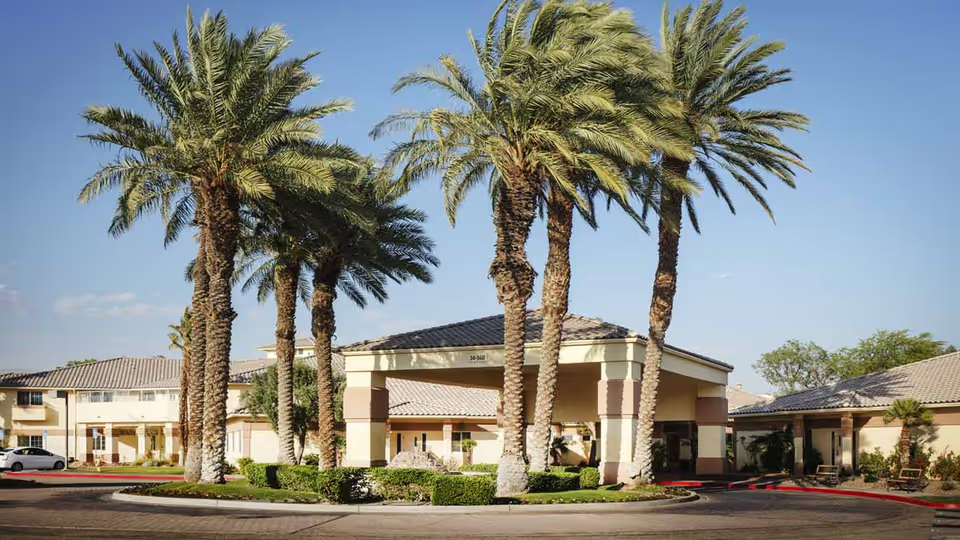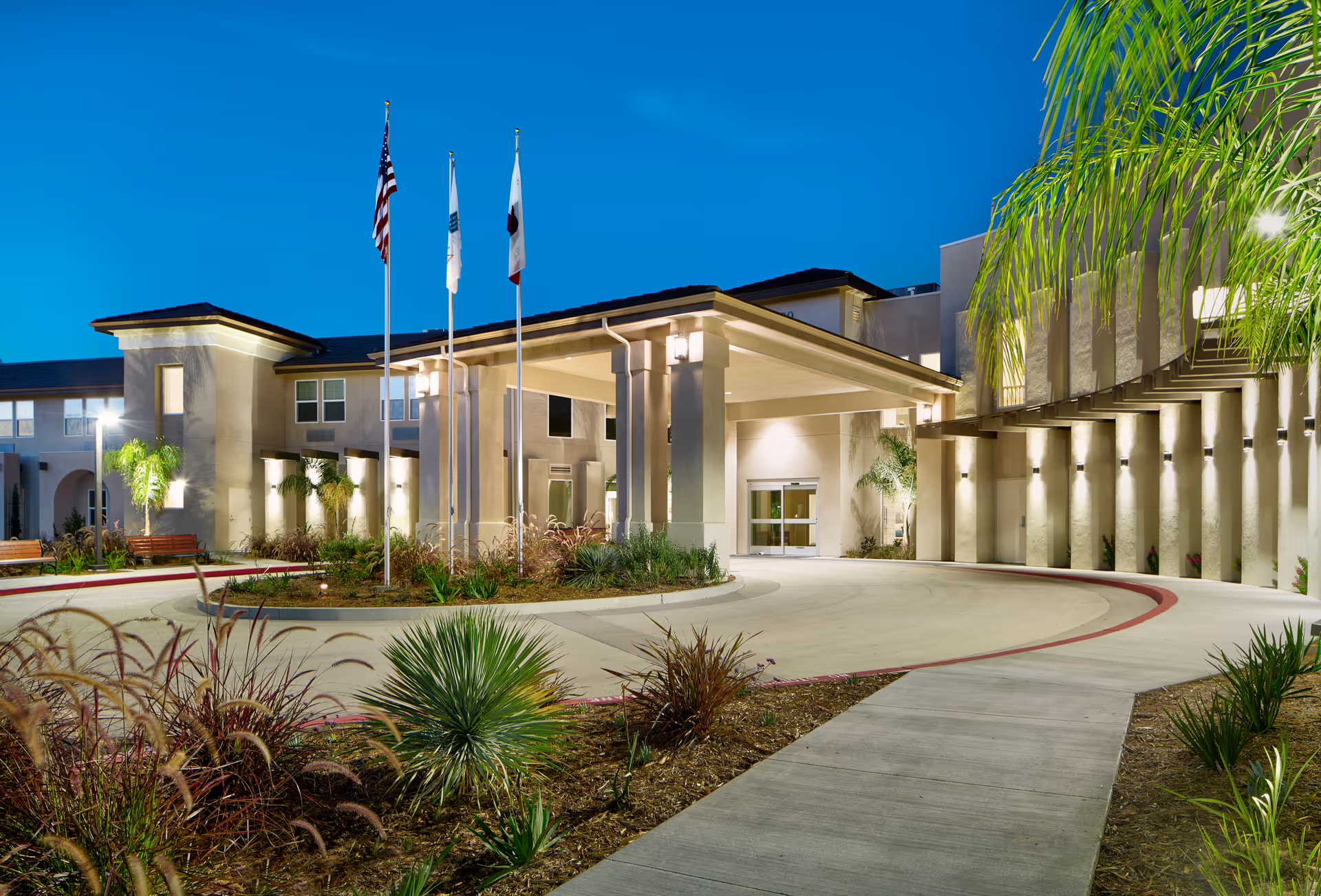Overall sentiment across the provided review summaries is strongly positive. Reviewers repeatedly emphasize the facility’s physical appeal and comforting atmosphere, using consistent language such as "beautiful home," "homey atmosphere," "neighborhood feel," and "stunning location." The facility is described as clean, organized, inviting, and impressive — indicating that first impressions of the building and grounds are very favorable and that upkeep and housekeeping are perceived as high quality.
Care quality is another recurring strength. Multiple summaries explicitly mention "great care," "perfect facility for assisted living," and "happy residents," and reviewers state they would "definitely recommend" the community. Those phrases suggest families and residents are satisfied with the clinical and daily support provided, at least in the contexts reflected by these summaries. While the reviews focus more on assisted living, the name of the community includes memory care; however, the summaries do not provide detailed, direct commentary specifically about memory care services, so conclusions about that program should be made cautiously.
Staff interactions are largely described in positive terms. Reviews call the staff "friendly," "helpful," "attentive," and "wonderful," and reviewers note a generally positive staff presence. That said, there is one explicit mention of "limited interaction with staff," which creates a minor note of inconsistency. This single contrasting comment could reflect variability in individual experiences, differences across shifts or roles, occasional staffing constraints, or differing expectations of how much social engagement residents should receive. The dominant pattern is favorable, but the isolated note about limited interaction is worth following up on during a tour or conversation with management.
What the summaries do not cover is as important as what they do. There is little to no specific information about dining quality, activity programming, medical/staffing ratios, medication management, clinical protocols, or management responsiveness. Likewise, there are no explicit comments about move-in logistics, pricing, or comparative value. Because these operational and programmatic aspects are not mentioned in the summaries provided, a prospective resident or family should ask direct, specific questions about daily schedules, menus, types and frequency of activities, staff-to-resident ratios, clinical oversight for memory care, and how the community handles transitions or behavioral needs.
Another pattern to highlight is the regional context: one reviewer referenced "limited options in Queen Creek," which suggests this facility may be chosen in part due to constrained local alternatives rather than as the only top choice among many. That regional constraint can influence demand, occupancy, and potentially staff workloads; it’s something families might consider when evaluating availability, waitlists, and comparative touring of other nearby communities.
In summary, the reviews portray Montelena Assisted Living and Memory Care as a well-maintained, attractive, and home-like community with generally strong resident satisfaction and friendly staff. The primary strengths from these summaries are the physical environment, perceived quality of care, and staff demeanor. The principal concern flagged is an isolated report of limited staff interaction and the contextual note about regional choice limitations. Given these patterns, a recommended next step for anyone considering this community would be an in-person visit focusing on observing staff-resident interactions, asking for specifics on staffing levels and memory-care programming, sampling meals or menus, and requesting references or examples of resident activities to confirm that the positive themes in these summaries reflect consistent, daily practice.
